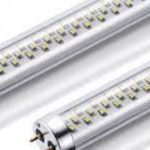Purple LED Light Meaning: Decoding The Symbolism Behind The Enigmatic Hue
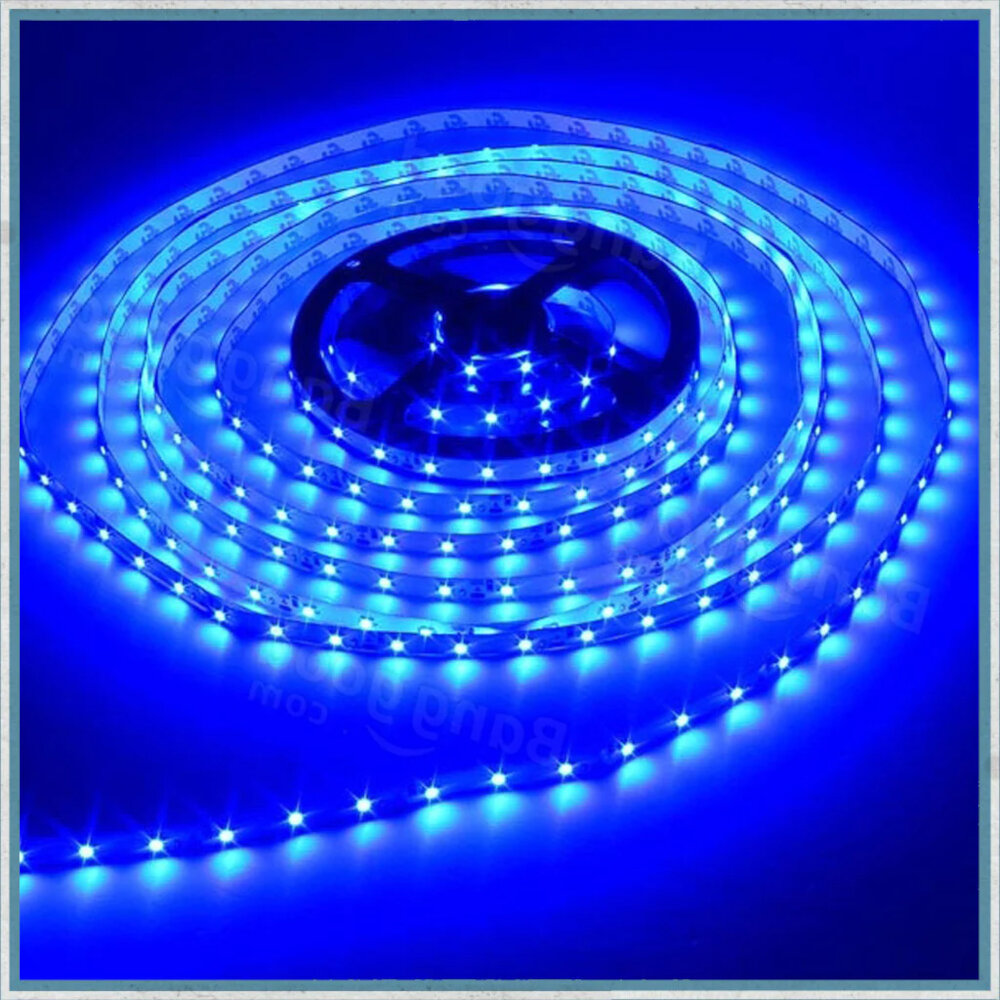
The color purple has always been associated with royalty and luxury, but its significance goes beyond just material wealth. It has been used in art, literature, and religion to symbolize various emotions, qualities, and states of being. Similarly, purple LED lights have become increasingly popular in recent years, not just as a design element but also as a means of conveying a message or mood. From neon signs to room lighting, purple LEDs are used in a variety of settings, each with its own connotations and interpretations. In this article, we will delve into the meaning of purple LED lights, exploring their symbolism and cultural significance. We will examine the different shades of purple and how they affect our emotions and perceptions. We will also look at some of the common contexts in which purple LEDs are used, such as in marketing, branding, and social awareness campaigns. By the end of this article, you will have a better understanding of what purple LED lights represent and how they can be used to communicate a message or create a certain atmosphere.
Purple LED lights have been gaining popularity in recent years due to their unique and enigmatic hue. With their calming and soothing effect, purple LED lights have become a favorite among interior designers and individuals looking for a way to create a relaxing atmosphere in their homes or offices. Additionally, purple LED lights are often associated with spiritual and mystical themes, making them a popular choice for meditation rooms, yoga studios, and other wellness spaces. From lighting up a room to creating a serene ambiance, purple LED lights are versatile and stylish, making them a must-have for anyone looking to add a touch of sophistication and elegance to their space.
The Science Behind Purple LED Lights

Purple LED lights have become increasingly popular in recent years due to their unique aesthetic and calming effects. But what is the science behind these enigmatic hues? The answer lies in the physics of light and the properties of the LED itself. Purple light has a shorter wavelength than other colors, such as blue or green, meaning that it has a higher frequency and energy. This gives purple light its characteristic brightness and intensity. LED lights, in particular, are able to produce purple light by using a combination of blue and red light sources. The blue light excites a phosphor coating on the LED, which then emits red light. When these two colors are combined, they create the beautiful, deep purple hue that we see in LED lights. Additionally, purple light has been found to have a calming effect on the body, making it a popular choice for relaxation and meditation. Its unique properties make it a popular choice for everything from mood lighting to medical treatments.
Purple LED lights are a remarkable technological feat achieved through the precise combination of different materials and processes. These lights are made by doping a Gallium Nitride semiconductor crystal with a specific combination of impurities that create a p-n junction. The impurities used in this process determine the wavelength of light that is emitted, and in the case of purple LEDs, the impurities used are a combination of Indium and Gallium. The impurities cause the crystal to emit photons with a wavelength of around 400-450 nanometers, which is perceived as a deep purple hue. The development of these LEDs has revolutionized the lighting industry, as they are now used in a wide range of applications, from lighting up homes and offices to creating stunning light displays in concerts and events.
Purple light is produced through the use of specialized light emitting diodes (LEDs), which emit a narrow band of light with a wavelength of around 400-450 nanometers. These LEDs are constructed using a semiconductor material such as gallium nitride, which is doped with a small amount of indium to create a p-n junction. When an electrical current is applied to the diode, electrons are excited and move across the p-n junction, releasing energy in the form of photons. The specific wavelength of purple light is determined by the composition of the semiconductor material and the amount of indium used. The resulting purple light is often associated with mystery, spirituality, and creativity, making it a popular choice in a variety of lighting applications.
The properties of purple LED lights are what make them stand out from other colors. Purple light has a shorter wavelength and higher frequency than most colors in the visible spectrum, which gives it a unique energy and intensity. This is why purple is often associated with spirituality, creativity, and intuition. Additionally, purple LED lights are known for their high brightness, making them ideal for use in a variety of applications, including automotive lighting, signage, and decorative lighting. The color purple also symbolizes royalty, luxury, and sophistication, making it a popular choice for high-end products and events. Overall, the properties of purple LED lights make them a versatile and powerful tool for expressing a wide range of emotions and ideas.
The Symbolism of Purple Light
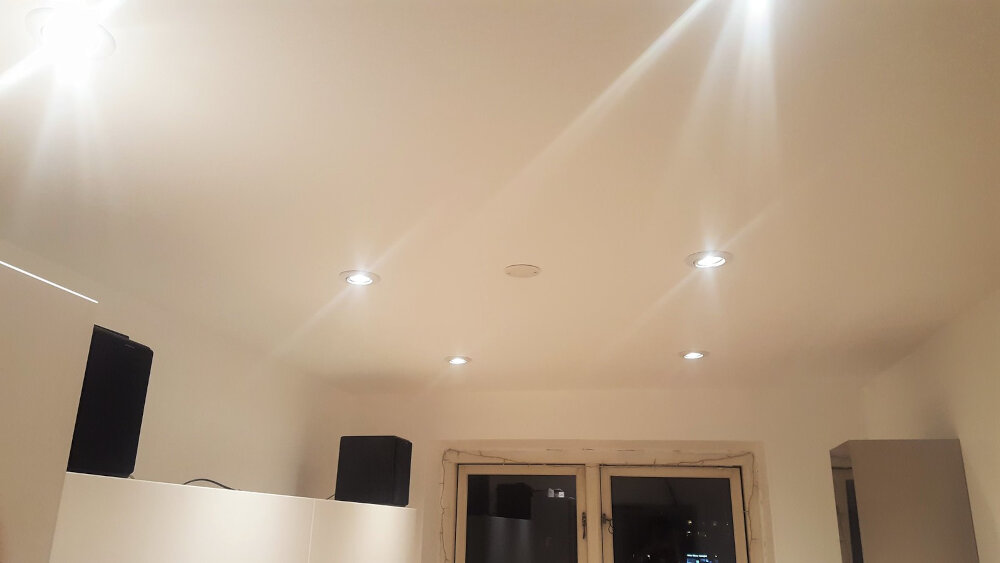
Purple light has a rich history of symbolism and meaning across various cultures and traditions. In many ancient societies, purple was considered a color of royalty and power, often reserved for the ruling classes or used in religious ceremonies. The color was obtained through the use of rare and expensive dyes, making it a symbol of wealth and luxury. Today, purple is still associated with a sense of regality and elegance, often used in high-end fashion and design. Beyond its association with power and luxury, purple light is also often linked to spirituality and mysticism. In many spiritual traditions, purple is seen as a color of transformation and enlightenment, associated with the crown chakra and the pursuit of higher consciousness. Purple light is often used in meditation and energy work to aid in spiritual growth and awareness. Additionally, purple is connected to the concept of the third eye, representing intuition and psychic abilities. Overall, the symbolism of purple light is complex and multi-layered, reflecting both earthly power and spiritual transcendence.
Purple has a rich historical significance, dating back to ancient times when the dye was extracted from mollusks found in the Mediterranean Sea. Due to the difficulty and expense of obtaining the color, it was reserved for royalty and the elite. It became associated with power, wealth, and luxury, with emperors and kings donning purple robes as a symbol of their status. In Christianity, purple represents penance, mourning, and royalty, while in Hinduism it is associated with the third eye and spiritual enlightenment. Today, purple continues to hold a special place in our cultural consciousness, symbolizing creativity, imagination, and individuality. Its enigmatic hue and historical significance make it a fitting color to represent the mysteries of the universe.
In various cultures and religions, purple light has been imbued with deep symbolism and significance. In Christianity, purple represents penitence and mourning during Lent, while in the Catholic Church, it is associated with royalty and majesty. In Hinduism, purple is connected to the crown chakra, which represents spirituality and enlightenment. In Chinese culture, purple is considered a regal color and is associated with nobility and prosperity. In ancient Rome, purple was a symbol of wealth and power and was reserved only for the emperor. Overall, the color purple has been linked with spirituality, royalty, wealth, and power across many cultures, making it a fascinating and enigmatic hue to explore.
In modern times, purple light has taken on a variety of meanings and interpretations depending on the context in which it is used. In spirituality, purple is often associated with the third eye chakra, representing intuition, wisdom, and spiritual awareness. In fashion and design, it is seen as a color of luxury, sophistication, and creativity. Purple is also a symbol of royalty and power, as it was historically associated with kings and queens. In the LGBTQ+ community, purple represents diversity and inclusivity, as it was used during the suffrage movement to symbolize the unity of multiple causes. With the rise of LED technology, the use of purple light has become more prevalent in various settings, such as lighting for relaxation and meditation, as well as in the medical field for treating skin and mood disorders.
The Uses of Purple LED Lights

Purple LED lights have a plethora of uses in various fields. One of the most popular fields where these lights find their application is in the entertainment industry. Purple LED lights are used in nightclubs, pubs and bars to create a mesmerizing and soothing atmosphere. The dim light emitted by these lights creates an aura of calmness and relaxation, allowing people to unwind and enjoy their time. Purple LED lights are also used in stage lighting during concerts and performances to create a dramatic effect. They are perfect for creating a surreal and otherworldly atmosphere, and are often used during performances by artists such as David Bowie and Prince. Purple LED lights also find their use in the medical industry. These lights are used in phototherapy to treat certain skin conditions such as psoriasis and vitiligo. The light emitted by these LEDs is of a specific wavelength that can help in the treatment of these skin conditions. Purple LED lights are also used in dentistry to cure gum inflammation and treat tooth decay. These lights are used during root canal treatment to kill the bacteria that cause tooth decay. Purple LED lights are also used in forensic investigations to detect blood stains that are not visible to the naked eye. Overall, the uses of purple LED lights are varied and diverse, and they find their application in numerous fields.
Purple LED lights have a wide range of practical applications that extend far beyond their symbolic meaning. In the field of medicine, purple LED lights are used to treat skin conditions such as acne and eczema, as well as to promote wound healing. In addition, they have been found to be effective in treating mood disorders such as depression and anxiety. Purple LED lights are also used in the horticultural industry to stimulate plant growth and to improve the quality of crops. They are also used in the automotive industry for interior lighting and in the entertainment industry for stage lighting effects. The versatility of purple LED lights makes them a valuable tool in a variety of industries and applications.
Purple LED lights have become increasingly popular in artistic and aesthetic contexts due to their unique and captivating hue. The color purple has long been associated with royalty, luxury, and creativity, making it a popular choice for enhancing the ambiance of a space. The soft and soothing glow of purple LED lights is perfect for creating a calm and relaxing atmosphere, making them a popular choice for meditation spaces and bedrooms. Additionally, the vibrant and eye-catching nature of purple LED lights makes them perfect for creating stunning visual displays, whether it be for a concert or art installation. The versatility of purple LED lights makes them a popular choice among artists and designers, allowing them to create truly unique and captivating pieces. Overall, the artistic and aesthetic uses of purple LED lights are endless, making them a must-have for anyone looking to enhance the ambiance of their space.
Purple LED lights have become increasingly popular in the world of therapy due to their numerous therapeutic benefits. This enigmatic hue is known to promote relaxation, calmness, and mental clarity, making it an ideal choice for individuals seeking to alleviate symptoms of anxiety, depression, and stress. Moreover, purple LED lights have been found to aid in improving sleep quality, reducing inflammation, and enhancing overall wellbeing. The color purple is also associated with spiritual growth and transformation, making it an excellent choice for meditation and spiritual practices. Whether it’s in a spa or at home, incorporating purple LED lights into your daily routine can have a profound impact on both your physical and mental health.
Choosing the Right Purple LED Light
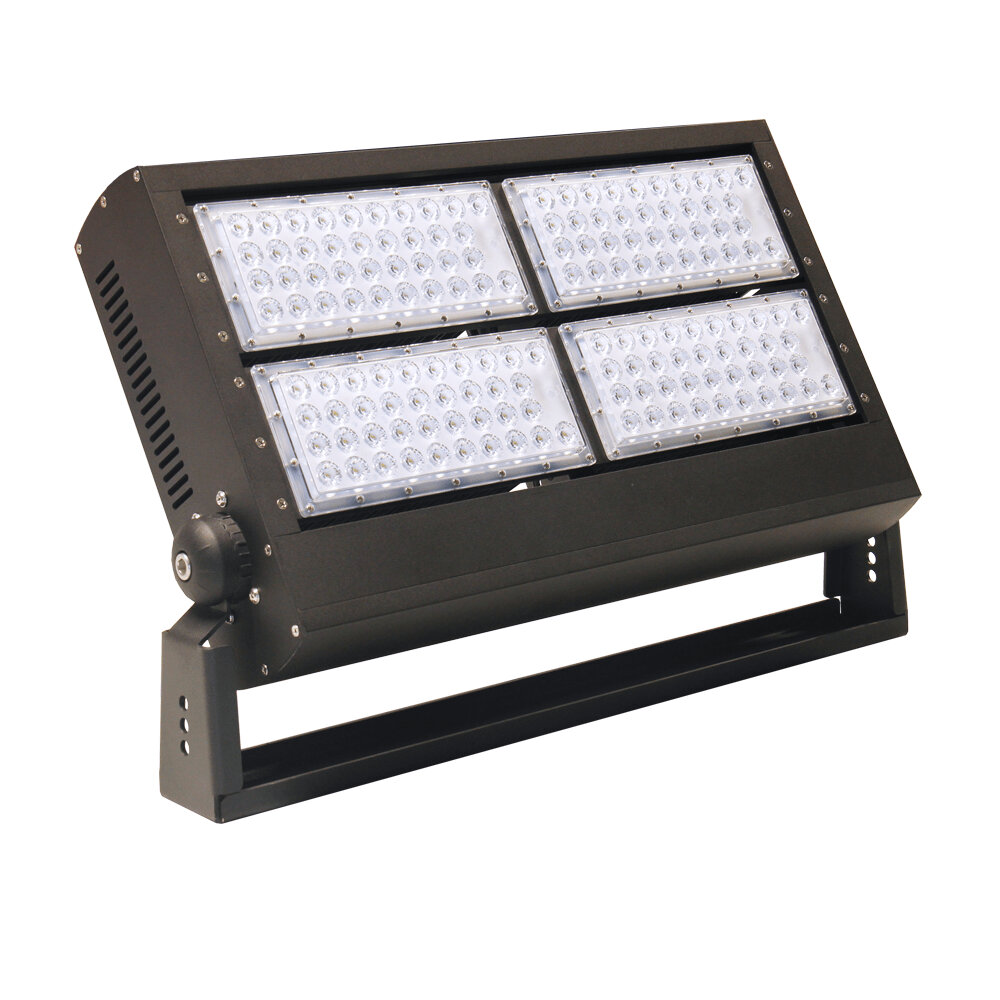
When it comes to choosing the right purple LED light, there are a few important factors to consider. First and foremost, it’s important to think about the intended use of the light. If you’re looking to create a calming and relaxing atmosphere, a softer, more muted shade of purple may be the best choice. On the other hand, if you’re looking for a bold and vibrant effect, a brighter and more saturated shade of purple may be more appropriate. Additionally, it’s important to consider the wattage and brightness of the LED light, as this will impact the overall effect and ambiance of the space. Ultimately, the key is to choose a purple LED light that complements the overall aesthetic and mood of the environment, while also fulfilling any functional lighting needs. Beyond the practical considerations of choosing the right purple LED light, it’s also important to consider the symbolic and emotional significance of this enigmatic hue. Depending on the context, purple can represent a wide range of emotions and concepts, from luxury and wealth to spirituality and creativity. In many cultures, purple is associated with royalty and nobility, evoking feelings of elegance, power, and prestige. In other contexts, purple can represent mystery and intrigue, as well as individuality and unconventionality. By choosing the right shade of purple LED light, you can tap into these deeper meanings and create a truly meaningful and impactful lighting design.
When choosing a purple LED light, there are several factors to consider to ensure that you get the desired results. First, consider the wavelength of the light emitted by the LED bulb. Different shades of purple have different wavelengths, and the one you choose will determine the intensity and hue of the light. Secondly, consider the brightness of the bulb, which is measured in lumens. A brighter bulb will emit more light and be suitable for larger spaces. Thirdly, consider the purpose for which you are buying the bulb. If you want to use it for decorative purposes, you may want to choose a bulb with a lower brightness and a softer hue. However, if you want to use it for a specific function such as plant growth, a bulb with a higher brightness and a specific wavelength may be more suitable. Finally, consider the brand and quality of the bulb to ensure that you get a durable and reliable product.
When selecting the best purple LED light for your needs, there are a few key factors to consider. First, determine the intended use of the light. If it is for decorative purposes, a softer, more subtle purple light may be preferable. If the light is for functional purposes such as plant growth or UV sterilization, a brighter and more intense purple light may be necessary. Additionally, consider the wattage and size of the LED bulb to ensure it fits your specific fixture or application. It is also important to research the quality and brand reputation of the LED light to ensure it will last and perform effectively. With these factors in mind, selecting the perfect purple LED light for your needs can be a simple and enjoyable process.
Purple LED lights are a versatile and enigmatic lighting option that can be used for a variety of purposes, from creating a moody atmosphere to highlighting specific objects or areas. To get the most out of your purple LED lights, it is important to use them in the right way and maintain them properly. Firstly, ensure that you purchase high-quality LED lights from a reputable brand to avoid any issues with durability or performance. Secondly, use appropriate fixtures and dimmers that are compatible with the type of LED lights you have. Finally, keep your LED lights clean and dust-free to ensure maximum brightness and longevity. With these simple tips, you can enjoy the beauty and functionality of purple LED lights for years to come.
The article \Purple LED Light Meaning: Decoding The Symbolism Behind The Enigmatic Hue\ explores the various interpretations and meanings associated with the color purple in different contexts. The author delves into the religious, cultural, and psychological implications of the color, highlighting its association with spirituality, creativity, and royalty. The article also discusses the use of purple LED lights in modern lighting design and their impact on the mood and ambiance of a space. Overall, the article presents a comprehensive analysis of the symbolism and significance of purple, shedding light on its enigmatic and mysterious nature.
In conclusion, purple LED lights are much more than just another hue in the spectrum. They represent a deep symbolic significance that is often overlooked. The color purple has long been associated with royalty, luxury, and power. It also carries spiritual and mystical connotations, being linked to intuition, creativity, and enlightenment. The use of purple LED lights can, therefore, be seen as a way to tap into these energies and bring them into our daily lives. Whether used in meditation spaces or as decor in our homes, purple LED lights serve as a reminder of the power and potential within each of us. So the next time you see a purple LED light, take a moment to appreciate its deeper meaning and significance.
Are you ready to add a touch of mystery and intrigue to your living space? If so, it’s time to try out purple LED lights. This enigmatic hue has been associated with royalty, spirituality, and creativity for centuries. By incorporating this color into your home decor, you can create a unique and captivating atmosphere that will leave your guests in awe. Whether you’re looking to enhance your meditation practice, set the mood for a romantic evening, or simply infuse your surroundings with a touch of elegance, purple LED lights are the perfect solution. So why wait? Try them out for yourself and discover the magic of purple light.
Conclusion
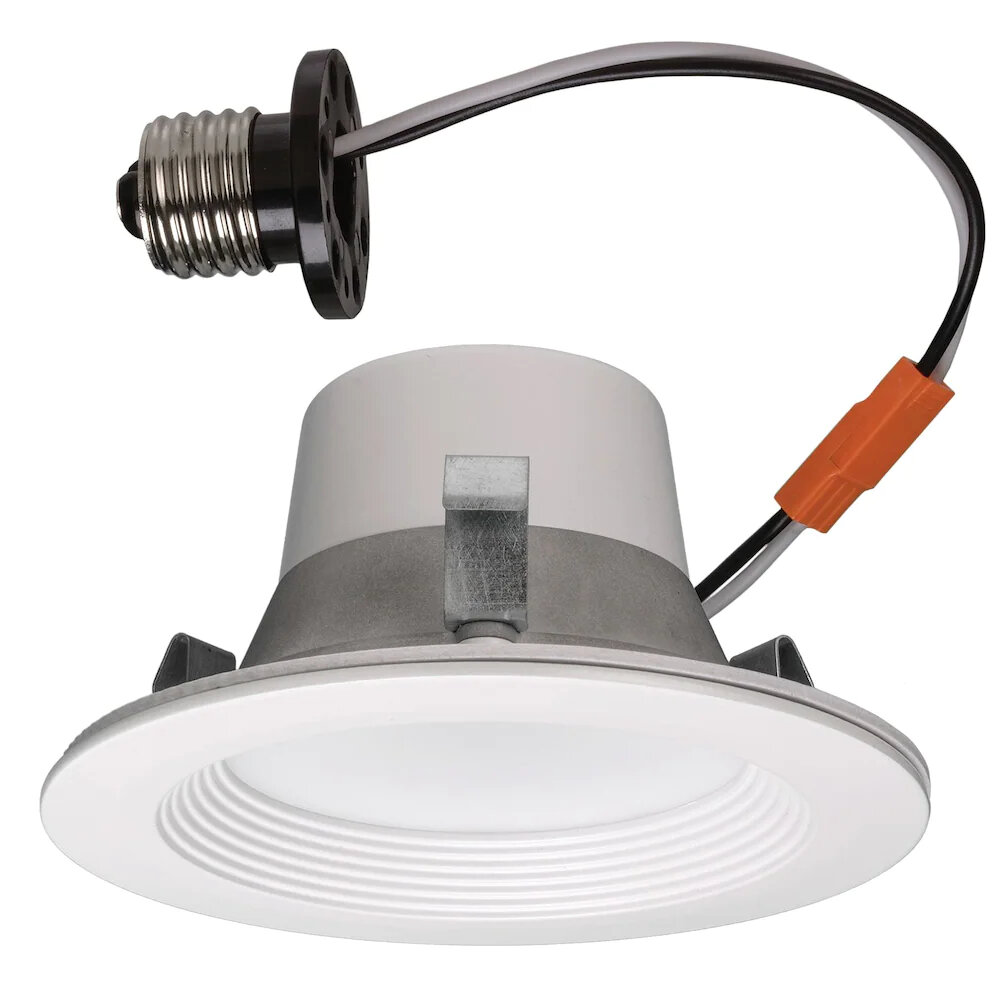
In conclusion, the purple LED light is a fascinating hue that is packed with symbolism and meaning. It represents a range of concepts, including spirituality, creativity, mystery, and luxury. Whether it is used in a commercial setting or in the home, the purple LED light can be a powerful tool for communicating a message or creating a certain mood or atmosphere. It is a color that is both enigmatic and alluring, and it is no wonder that it has captivated the imagination of so many people throughout history. So, whether you are looking to add a touch of elegance to your space, or simply want to tap into the spiritual power of this color, the purple LED light is an excellent choice.



